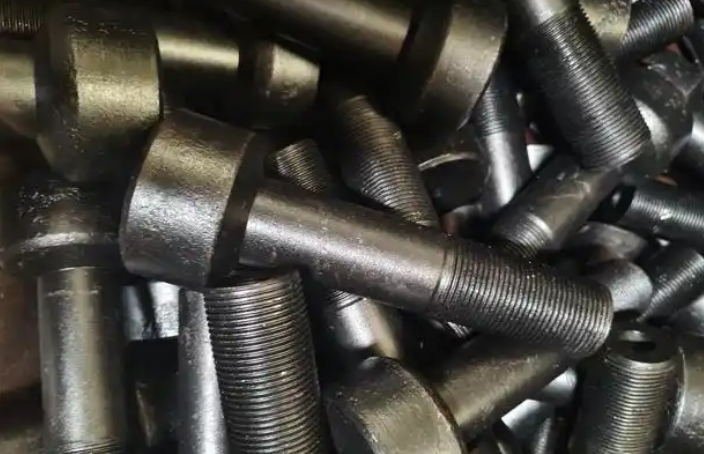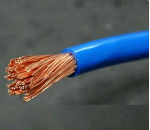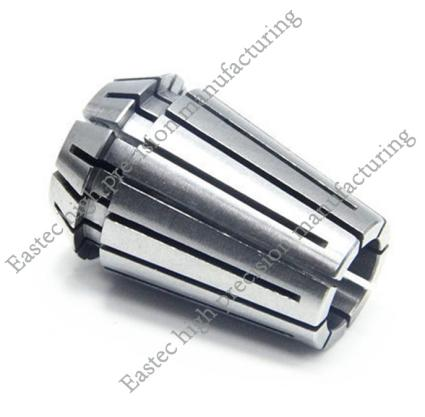
Introduction: Deburring and descaling is a crucial step in the bolt manufacturing process. This article will provide a detailed analysis of this stage, discussing the advantages and disadvantages of mechanical descaling and chemical pickling methods, as well as their practical applications in production.
I. The Importance of Deburring and Descaling
In the bolt manufacturing process, the surface oxide scale (iron scale) on cold heading steel wire rods significantly affects the quality and service life of the product. The deburring and descaling process is designed to remove this oxide scale to ensure the quality of bolts. This process primarily includes two steps: brightening and descaling.
II. Mechanical Descaling: An Efficient and Eco-Friendly Choice
Advantages of Mechanical Descaling
Mechanical descaling is gradually replacing the traditional chemical pickling process with its efficiency and environmental friendliness. It not only increases production efficiency but also significantly reduces environmental pollution. Commonly used mechanical descaling methods include the bending method and the spray nine method.
Limitations of Mechanical Descaling
However, mechanical descaling has its limitations. It cannot completely remove all residual scale (with an oxide scale removal rate of 97%), especially when the oxide scale is highly adherent. Moreover, the effectiveness of mechanical descaling is influenced by the thickness, structure, and stress state of the scale. Therefore, this method is more suitable for carbon steel wire rods used in low-strength fasteners (≤6.8 grade).
III. Chemical Pickling: Ensuring High-Quality Bolts
Application of Composite Descaling
For high-strength fasteners (≥8.8 grade) wire rods, mechanical descaling alone cannot thoroughly remove the oxide scale. Therefore, chemical pickling, or composite descaling, is required after mechanical descaling to ensure complete removal of the oxide scale and improve the quality of bolts.
Resolving Issues of Mechanical Descaling Residues
For low-carbon steel wire rods, the residual scale from mechanical descaling can lead to uneven wear on the drawing dies. When the die holes become coated with scale due to wire rod friction and external heat, it can cause longitudinal marks on the wire rod surface. The main cause of micro-cracks at the head of cold heading flange bolts or round head screws is the scratches produced on the wire surface during the drawing process. Therefore, mechanical descaling is not suitable for high-speed drawing.
IV. Conclusion
The deburring and descaling process plays a crucial role in bolt manufacturing. Both mechanical descaling and chemical pickling methods have their own advantages and disadvantages, and the appropriate descaling method should be chosen based on actual production needs. For low-strength fasteners, mechanical descaling is an efficient and eco-friendly choice; for high-strength fasteners, the composite descaling process is key to ensuring high-quality bolts.
Through this article, we hope you have gained a deeper understanding of the deburring and descaling process. By applying the appropriate descaling methods in future bolt manufacturing, you will contribute to the development of the fastener industry in our country.





 Customer service 1
Customer service 1  Customer service 2
Customer service 2